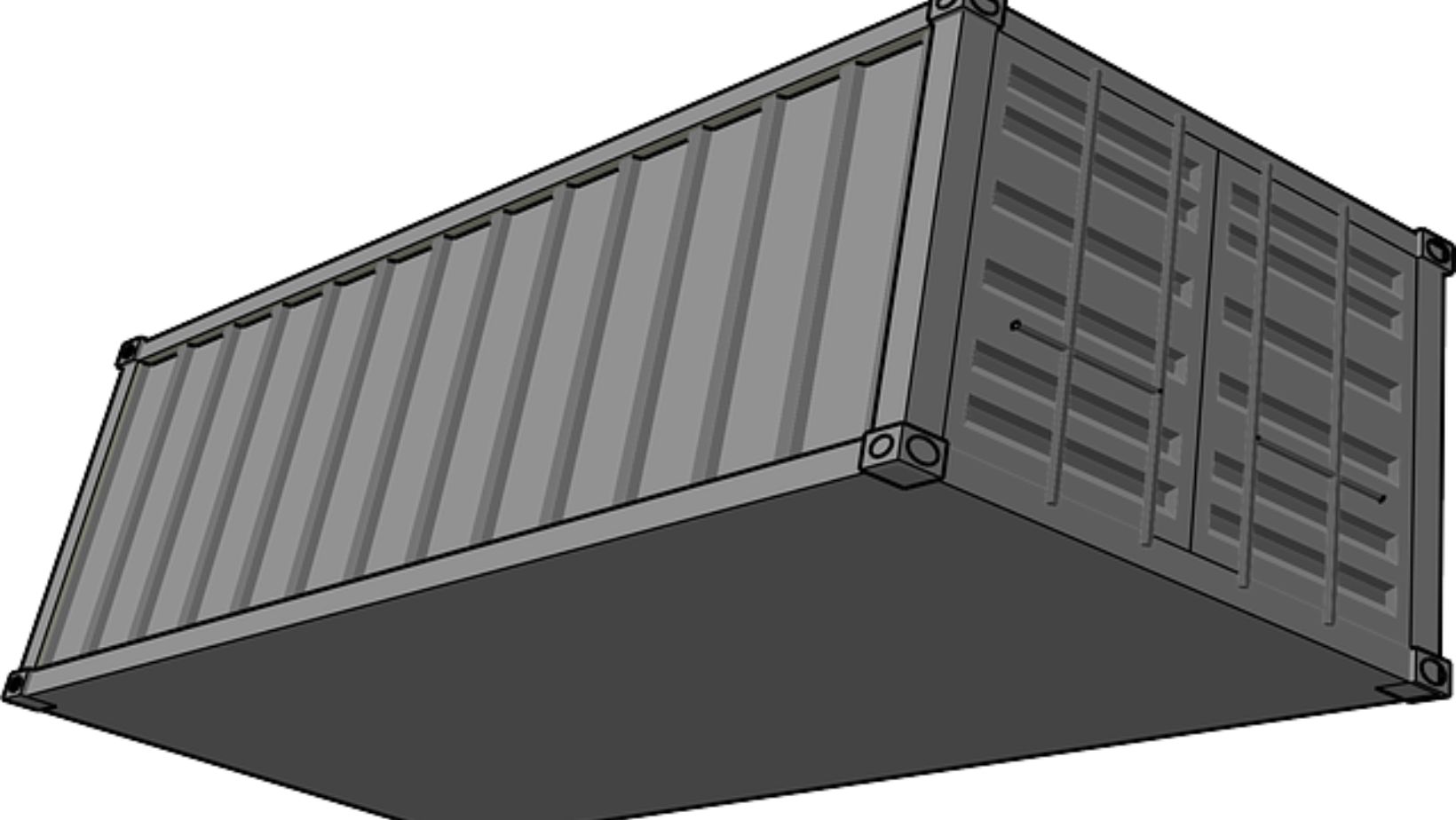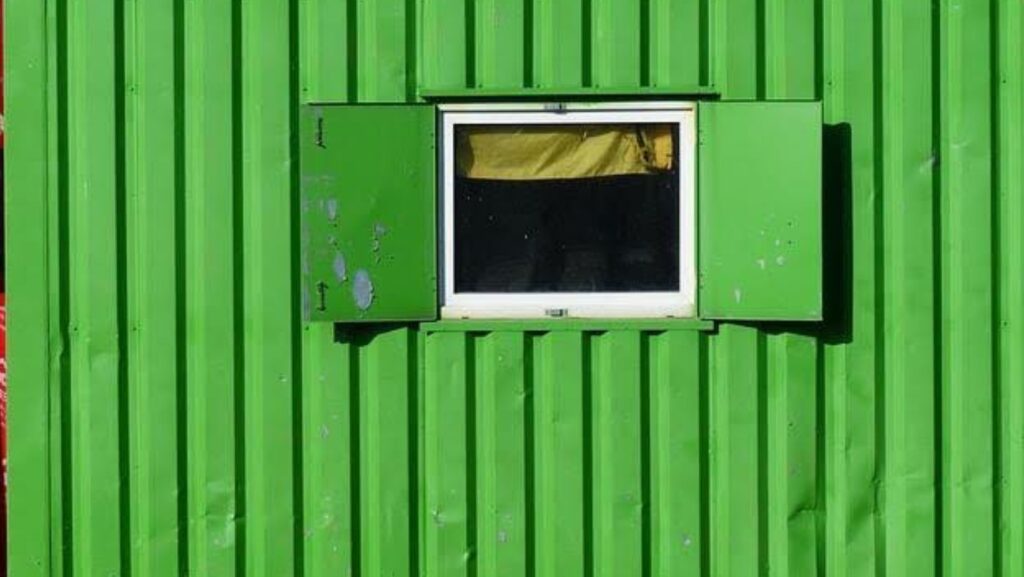Prioritizing the integrity and safety of materials is essential in the construction industry to complete projects. The job’s direct success depends on securely stored materials, a logistical necessity. This safeguards against environmental factors, but most importantly, protects against theft.
Poor storage can significantly impact quality, budget and the timeline. Each type of material, whether bricks, lumbar, or chemicals, requires varied storage and handling methods to avoid the potential for loss and ensure optimal usability.
What are tips for proper material management and storage on a jobsite? Let’s learn.
Tips For Proper Material Management and Storage on a Construction Jobsite
When running a construction jobsite, a superintendent will ensure the materials are securely stored to handle each project. Proper storage helps to maintain quality, budget, and meet the timeline. Poor or no option for storage can mean damaged or stolen materials seriously delaying completion of the job.
On most construction sites, there are steel containers like those provided by Tuff Shipping Containers to protect heavy equipment, specialty tools, and the project materials against damage and the potential for loss. Consider the following safety tips when managing materials throughout the duration of a construction project.
The Storage Area
Poor handling and storage can lead to damage on a construction site and loss. You need to make sure each material is appropriately handled, well protected, and properly stored. Handling materials can be simpler throughout the project’s timeline when you have suitable storage options.
Storage space should already be selected, assessed, and prepared before the project starts, during the early design phase. You can rest assured then that the container is adequately hold hold your upplies through to project completion.
Visit – Material Storage for Improved Construction Workflow – for guidance on material storage for improved construction workflow.
Specialized Racks
Shipping containers are ideal for construction storage because they can be customized to suit your needs and specifications. Many jobsites keep supplies on racks and safeguard them by blocking or stacking them, a technique meant to prevent them from collapsing.
Construction materials are placed on specialized racks coinciding with the material type. For example, sheet-glass would be inappropriate for stacking bags; it would eventually give way. Choosing suitable storage for each item stored in the shipping container is essential.
The Material’s Weight Limit
Each material has a weight limit that needs to be determined before it goes into the storage container. Failure to consider weight can have disastrous results. While steel shipping containers are incredibly strong, durable, and capable, you still want to check its capacity and make sure to stay within these guidelines.
As far as storage racks, it’s best to go with solid steel with weight limitations that far surpass that of any material you might store on them.
Double-check Inventory Before Starting the Day
Before the workday starts, inspect the heavy machinery and equipment, tools, and materials to ensure everything is accounted for and intact. Steel shipping containers are among the most secure storage solutions available on the market. When using a heavy lock, theft and intrusion are virtually eliminated.
Still, it’s wise to get in the habit of checking your supplies not only to plan and stage the day’s work but to ensure the workers have the necessary tools and materials and that the equipment and machinery are safe and functional for use in completing the checklist for the project to keep them on the set timeline. Read here to learn about storage issues in the construction industry.
Weather Protection
Protecting against the weather is vital for the quality and longevity of construction materials. Safeguarding these from adverse conditions, including extreme temperatures can help to prevent deterioration and other type of damage.
Items meant to stay outdoors can stay protected under weatherproof tarps that block moisture and UV exposure.
Sensitive materials like wood should be kept indoors for an added layer of protection against moisture to prevent warping or rotting. In that same vein, metal items can have an extended longevity, free of corrosion or rust when kept in the storage container.

When material is destroyed by moisture or extreme temperatures, project delays are imminent.
Collaborating with contractors and suppliers
It can be advantageous to collaborate with contractors and suppliers to achieve effective jobsite material storage. This communication ensures prompt delivery and storage coordination. Establishing clear handling and storage guidelines allows accountability and enables optimal efficiency.
By partnering with suppliers, deliveries can be arranged timely. This can minimize the need for on-site hold and help reduce costs. In the same vein, coordinating with contractors allows timeline and material alignment. A collaborative approach facilitates smooth logistics and reduces the risk of shortages or delays.
Final Thought
The key to safeguarding project materials is being prepared and proactive. This means securing a solution, such as steel storage containers before the project begins.
Shipping containers are among the safest storage options, offering incredible strength, durability, and weather-resistance to ensure the integrity and minimize risks for timely and successful completion of construction projects.
